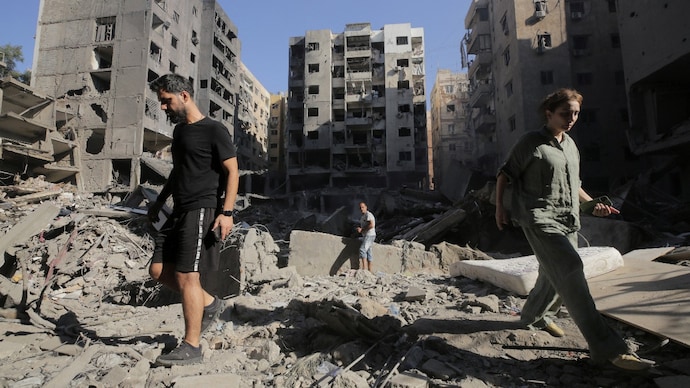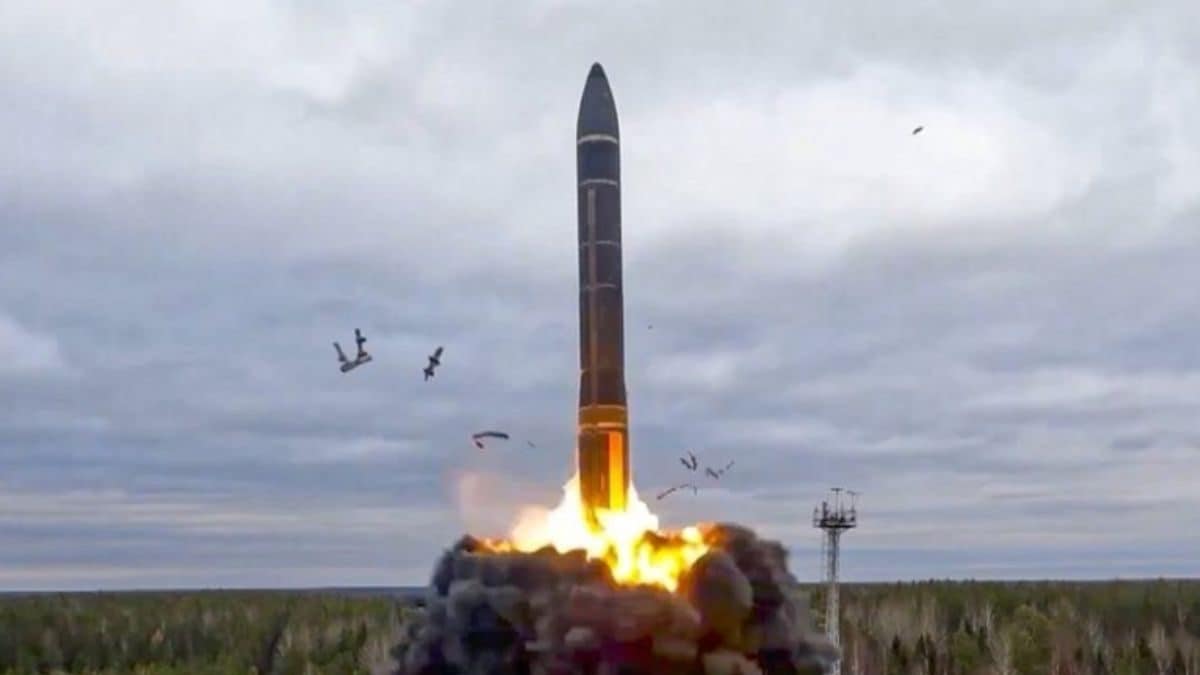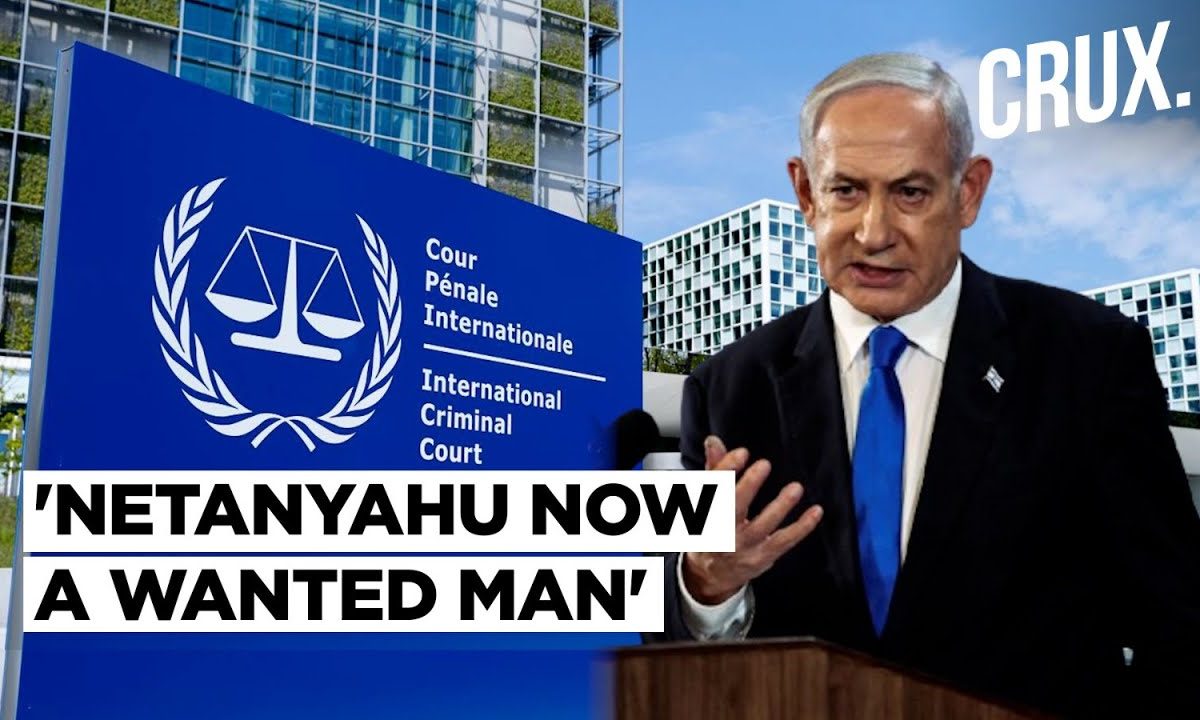"There is nowhere in the Middle East that Israel cannot reach," warned Netanyahu while addressing the Iranian government in a televised speech.

People walk on the rubble at the site of the Israeli airstrike that killed Lebanon's Hezbollah leader Sayyed Hassan Nasrallah on Friday, in Beirut's southern suburbs, Lebanon. (Photo: Reuters)
Israeli troops launched their ground invasion of Lebanon by storming subsurface tunnels maintained by Hezbollah on Monday. “There is nowhere in the Middle East that Israel cannot reach,” warned Netanyahu while addressing the Iranian government in a televised speech.
If you have heard of Hamas’s metro beneath Gaza, then picture Hezbollah’s labyrinth of underground combat woven much more intricately in Lebanon for militants to navigate in darkness and fire automatic weapons in confined spaces for maximum lethality.
While it is estimated that the Israel Defence Forces (IDF) have eradicated roughly 80% of Hamas’ tunnels, Hezbollah’s tunnels, which have largely remained untouched since the war in Gaza began, are believed to be far more sophisticated and “significantly larger,” allowing Hezbollah to move large numbers of missiles and vehicles around southern Lebanon undetected.
One such tunnel network spanning roughly 45 kilometres along the southern territory of Lebanon has been mapped by India Today from open research papers published in 2021 by Alma Research and Education Centre, a nonprofit organisation that researches Israeli security challenges along its northern border.
The sites on the map are located south of the Litani River in Lebanon, the zone where Hezbollah is banned from keeping weapons under the UN-sponsored truce that ended Israel's summer 2006 war with the guerrilla group. The extensive network of tunnels connect the Beirut area (Hezbollah’s central headquarters) and the Beqaa area (Hezbollah’s logistical operational rear base) to southern Lebanon.
These tunnels often cross over the rugged, mountainous terrain of the Galilee region to penetrate into Israel. Back in 2018, the Israeli Defence Forces exposed six offensive tunnels built and excavated into Israeli territory in Operation “Northern Shield”.
The total length of Hezbollah’s tunnels, known as the "Land of the Tunnels," stretches more than 100 miles in cumulative length throughout southern Lebanon. Similar to Hamas’s tunnels, Hezbollah’s underground network includes “underground command and control rooms, weapons and supply depots, field clinics and specified designated shafts used to fire missiles of all types,” the report said, noting that arms like rockets, surface-to-surface missiles, anti-tank missiles and anti-aircraft missiles can be fired from “shafts” in the tunnels.
These are hidden and camouflaged, making them undetectable from the surface. The shafts of the tunnels used for artillery attacks open briefly to fire armaments and are immediately closed afterward to reload the hydraulic launcher with new ordnance, as per the reports.
The Alma Research and Education Centre highlights the silo launch capability of Hezbollah's 'attack' tunnels. Short-range surface-to-surface ballistic missiles, such as the Fateh 110, are launched vertically from these tunnels through vertical shafts. The subterranean infrastructure enables a truck to transit to the place where the missile is to be fired.
Iran- North Korean Connection
The digging of tunnels – both offensive and infrastructure – in Lebanon was done from the start with the assistance of North Korea back in the 1980s and especially toward the end of the 90s. North Korea has historical expertise in the digging of tunnels in mountainous and rocky areas.
Two of the four neutralised tunnels in Operation “Northern Shield” of 2018 were reportedly capable of moving up to 30,000 troops per hour, along with tanks, armoured carriers, and artillery—an operational blueprint Hezbollah adopted in its fight against Israel.
After the second Lebanon war in 2006, the connection with North Korea was maintained, and aid was also received from Iran. By 2014, Hezbollah received training, knowledge and technology to the point where it was able to dig and build the tunnels by itself.
Hezbollah established civilian companies in the Baalbek region, including Jihad Construction, which claimed to work on agricultural and reconstruction projects for the Shiite community but was actually involved in building tunnels.
In the course of the work, additional “civilian” companies were established. One of them, the Mustafa Commercial and Contracting Company, even interacted with the United Nations Development Program, as a civil construction contractor.
Published By:
Akhilesh Nagari
Published On:
Oct 1, 2024

 1 month ago
1 month ago














